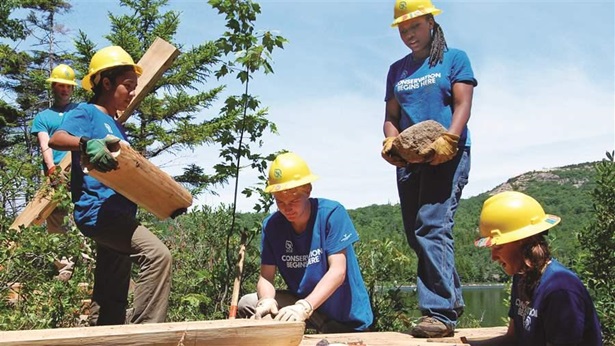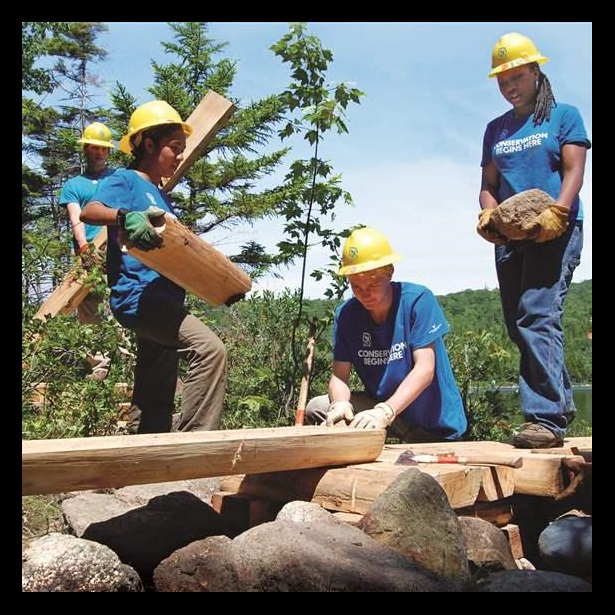Corporate Expertise and Equipment Enhance National Parks
Solar-powered ranger stations and other upgrades are saving energy and cutting costs
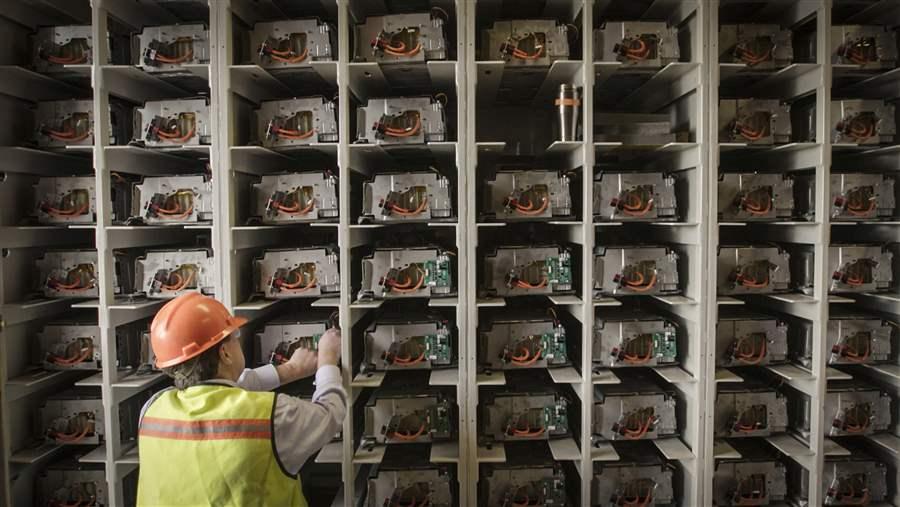
At Lamar Buffalo Ranch in Yellowstone National Park, solar panels generate electricity that is stored in used Toyota Camry Hybrid battery packs.
© Toyota
One way that the National Park Service is addressing its infrastructure needs is through in-kind donations from the private sector. Across the country, companies are donating equipment, upgrading systems, and sharing expertise that is helping to reduce costs at some of our most iconic sites. Read on to learn some of the exciting ways in which corporations are helping to upgrade our parks.
Musco Lighting
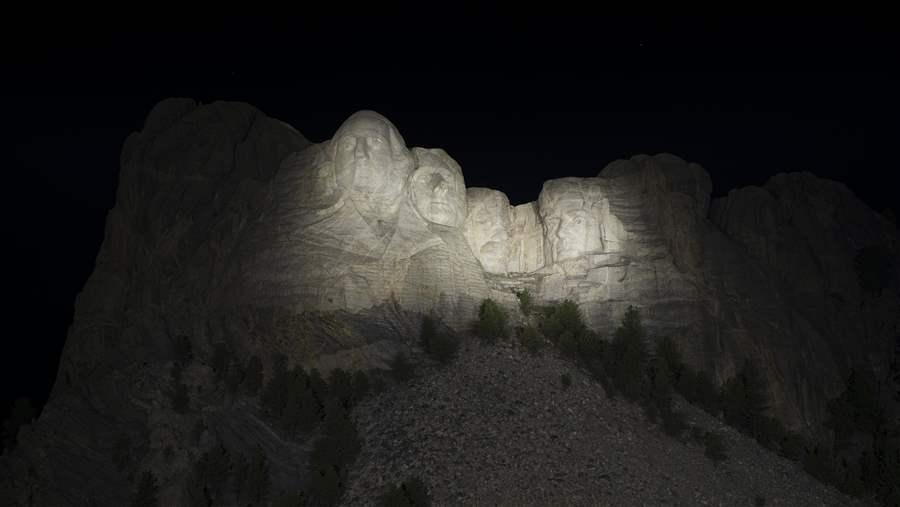
At Mount Rushmore, the Musco system reduced energy consumption by 90 percent.
© Musco Lighting, Inc.
Musco Lighting, which has illuminated Olympic Games, Super Bowls, and other major sports events across the globe, has partnered with the NPS to light some of the country’s most famous landmarks. To date, the company has generously donated lighting systems to at least five national park sites: the White House, Statue of Liberty, Mount Rushmore, Flight 93 National Memorial, and Big Bend National Park.
Its energy-efficient systems have enhanced visitors’ experiences, better protected resources, helped to preserve the dark-sky environment, and cut energy and electricity costs. At Mount Rushmore, the Musco system reduced energy consumption by 90 percent, a major cost savings for the park.
Toyota: Lamar Buffalo Ranch battery project
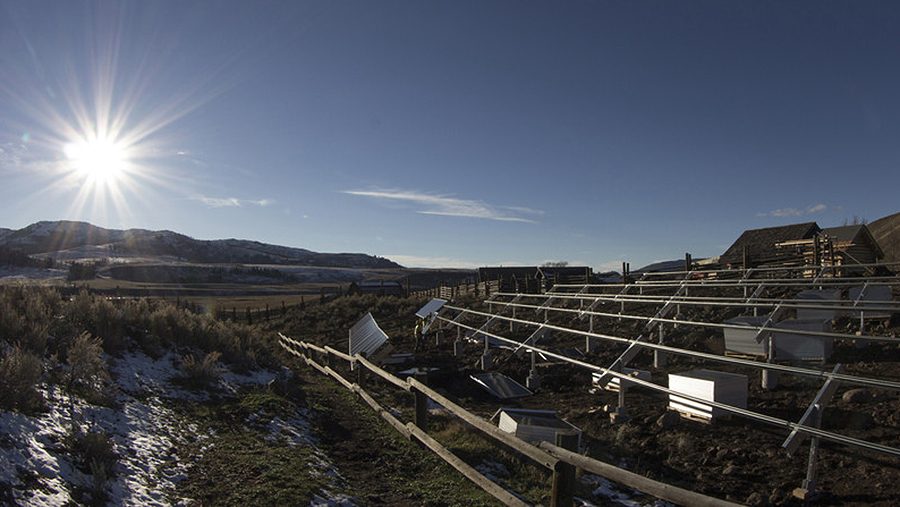
Recycled car batteries store energy generated by solar panels at Lamar Buffalo Ranch.
© Toyota
What will eventually become of all the millions of car batteries that power hybrid vehicles around the globe? Toyota and Yellowstone National Park have an idea. In 2014, Toyota teamed up with Indy Power Systems, Sharp USA, SolarWorld, Patriot Solar, Yellowstone Forever, and the National Park Service in an effort to extend the useful life of car battery packs by using them to sustainably power a remote field station in Yellowstone National Park.
The system at Lamar Buffalo Ranch uses solar panels to generate energy, which is stored in more than 200 reused Toyota Camry hybrid battery packs. The renewable energy is used to power the ranch’s ranger station and environmental education center. The project is a major feat in sustainability for the station, which is not connected to power lines and has had to rely on diesel and propane generators for electricity. Thanks to this partnership, Lamar Buffalo Ranch now runs on reliable, zero-emission power for the first time since it was built in 1907.
More innovative projects like this should be encouraged to boost energy efficiency and cut deferred maintenance costs at parks nationwide. As the National Park Service moves into its second century, such upgrades will be a critical step toward ensuring that our parks are sustainable for generations to come. Watch videos here and here.
Trust for the National Mall—John Deere
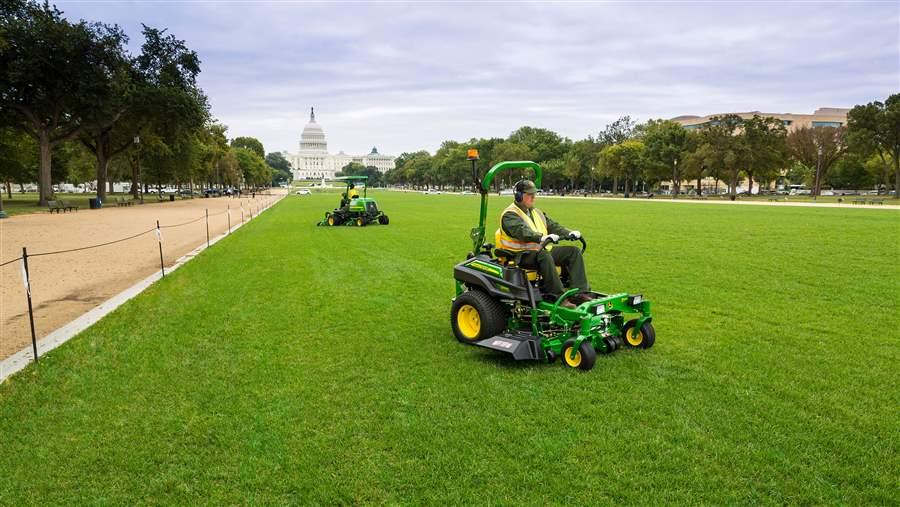
The National Park Service uses donated John Deere mowers to maintain the restored lawns on the National Mall.
© David Lee Mjolsness/ John Deere
If you’ve been to Washington lately, you may have noticed that the National Mall, known as America’s Front Yard, has had a major facelift. Partnering with the Trust for the National Mall and John Deere, the NPS has launched a massive turf restoration project, refurbishing the expansive lawns that stretch from the Capitol to the Lincoln Memorial. This land, tread on during inaugurations, protests, and the daily visits of millions of tourists, required restoration because of substantial wear and tear.
The project, which is being completed in two phases, will bring the green back to acres of lawn between Third and 12th streets NW. As the philanthropic partner to the park, the Trust for the National Mall has raised more than $40 million and secured in-kind donations of products and services for the restoration. In September 2013, John Deere announced that it was donating more than $400,000 in equipment that will enable the NPS to maintain the Mall for years to come. Watch video.
While not all of these projects are directly related to deferred maintenance, the principles of collaboration and innovation can be applied to tackling the backlog of repairs at some 400 NPS sites. As we move into the national parks’ second century, harnessing new technologies and upgrading equipment will be critical to preserving and maintaining these special places.
Join us next week to learn how private philanthropists are pitching in to help fix our parks.
Marcia Argust directs The Pew Charitable Trusts’ campaign to restore America’s parks.



